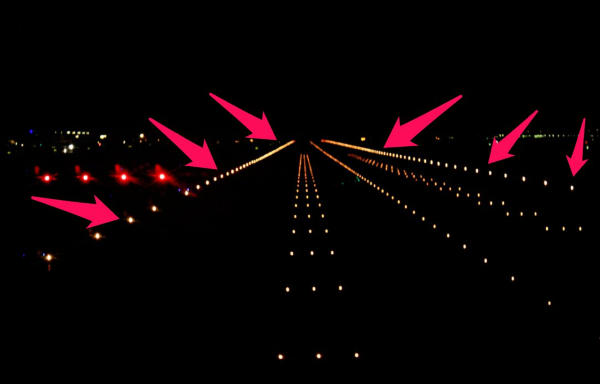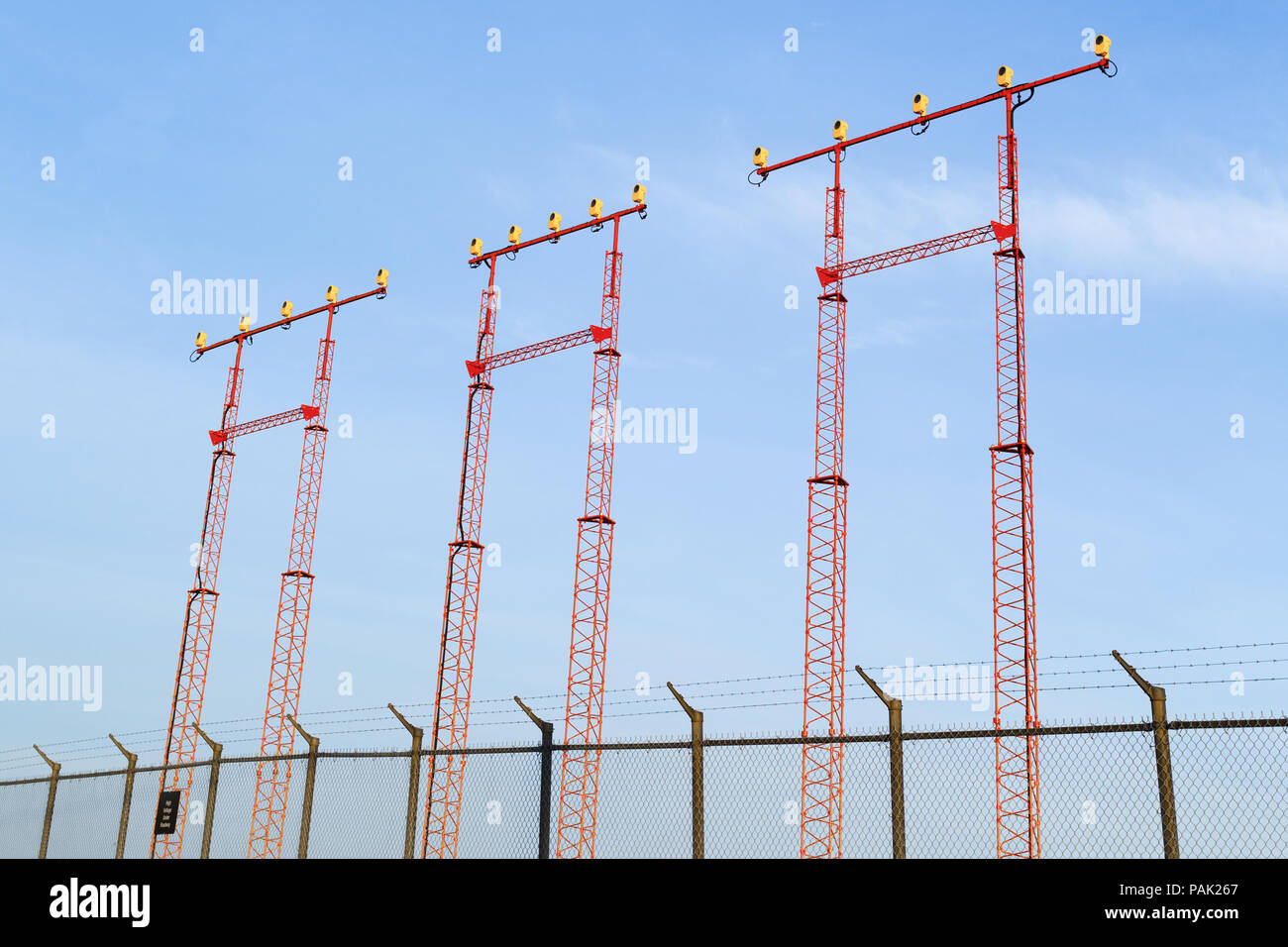
It is a robust, completely self-contained LED solar aviation light designed for a range of aviation applications including permanent approach, runway edge, threshold, helipad aviation lighting. The Solar Runway Light is a next-generation, self-contained solar light specifically designed to survive the harshest environments with minimal ongoing maintenance. ICAO Annex 14 non-precision / non-instrument.Round out and touchdown should be made in the same manner as day, but your judgement of height, speed, and sink will be impaired.Landing light illuminates threshold area,.Be careful to the tendency to make approaches with excessive speed.Make sure the landing light is on to assist with the landing.On final, align the aircraft with the runway lights, and when possible, use the VASI for glide slope information.As possible, landings at night should be no different than landings during the day.The distance between the lights appears to increase.The runway lights will appear to remain equidistant.Distances, altitudes, and airspeeds cannot be determined as well as during the day (due to lack of references) thus a reliance on instruments may be required more.In an unfamiliar area, the runway may be hard to identify, and in this case, look for the beacon.Be aware of all lit and unlit obstructions which may pose a hazard on your route of flight.Use Navaids (VOR radials, NDB beairing) to check your position.One of the first indication of flying into bad visibility conditions is the gradual disappearance of lights on the ground.Clouds can be difficult to see during the night.Once beyond 10 miles from any airport or air traffic congestion, turn the landing light & taxi light off.Check Heading Indicator and adjust for drift.

Instruments will need to be checked more frequently for airspeed, heading and attitude.Ensure aircraft continues a positive rate of climb by monitoring the altitude indicator and Vertical Speed Indicator.At correct speed rotate to the climb attitude by looking outside, AND the instruments.Maintain direction by reference to runway lighting, then by other lighted objects ahead.In addition to normal run-up, adjust cabin lights for night vision.Use taxiway lines to ensure guidance and clearance.A dark scene with ground lights and stars as well as certain geometric patterns of ground lights can create illusions of not being aligned correctly with the actual horizon.Confirming what is visually seen outside the aircraft with the aircraft instruments can eliminate the distant stationary light illusion.Can be confused for stars or other aircraft.Can be avoided by continuing a visual, offcentered scan.An isolated fixed light may appear to move around.


Counter this illusion by using available approach aids such as VASIs or PAPIs.The runway may seem to be upsloping or downsloping. During a black-hole approach the pilot can have trouble orienting himself relative to the earth.Occurs when the landing is made from over water or non-lighted terrain where the runway lights are the only source of light.


 0 kommentar(er)
0 kommentar(er)
